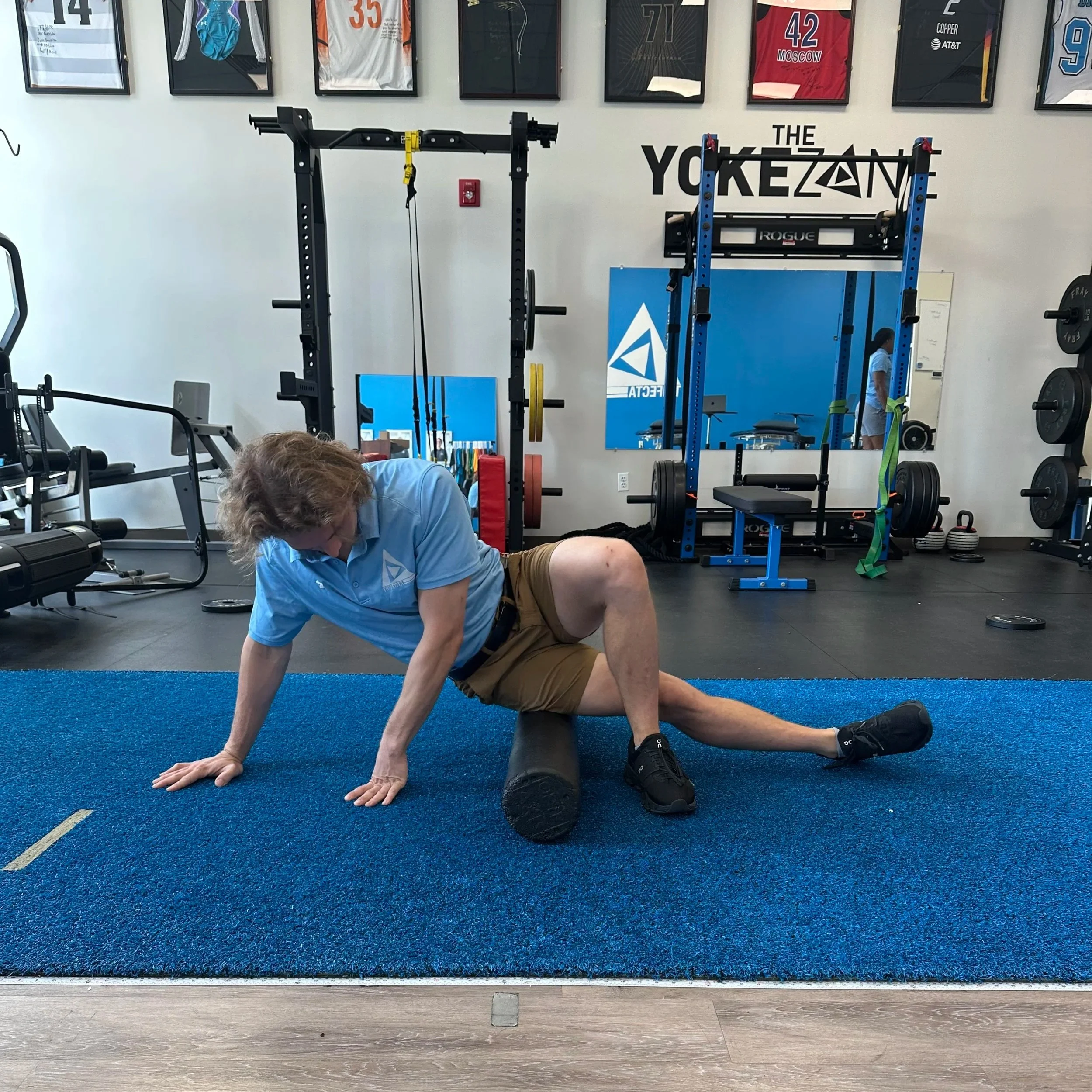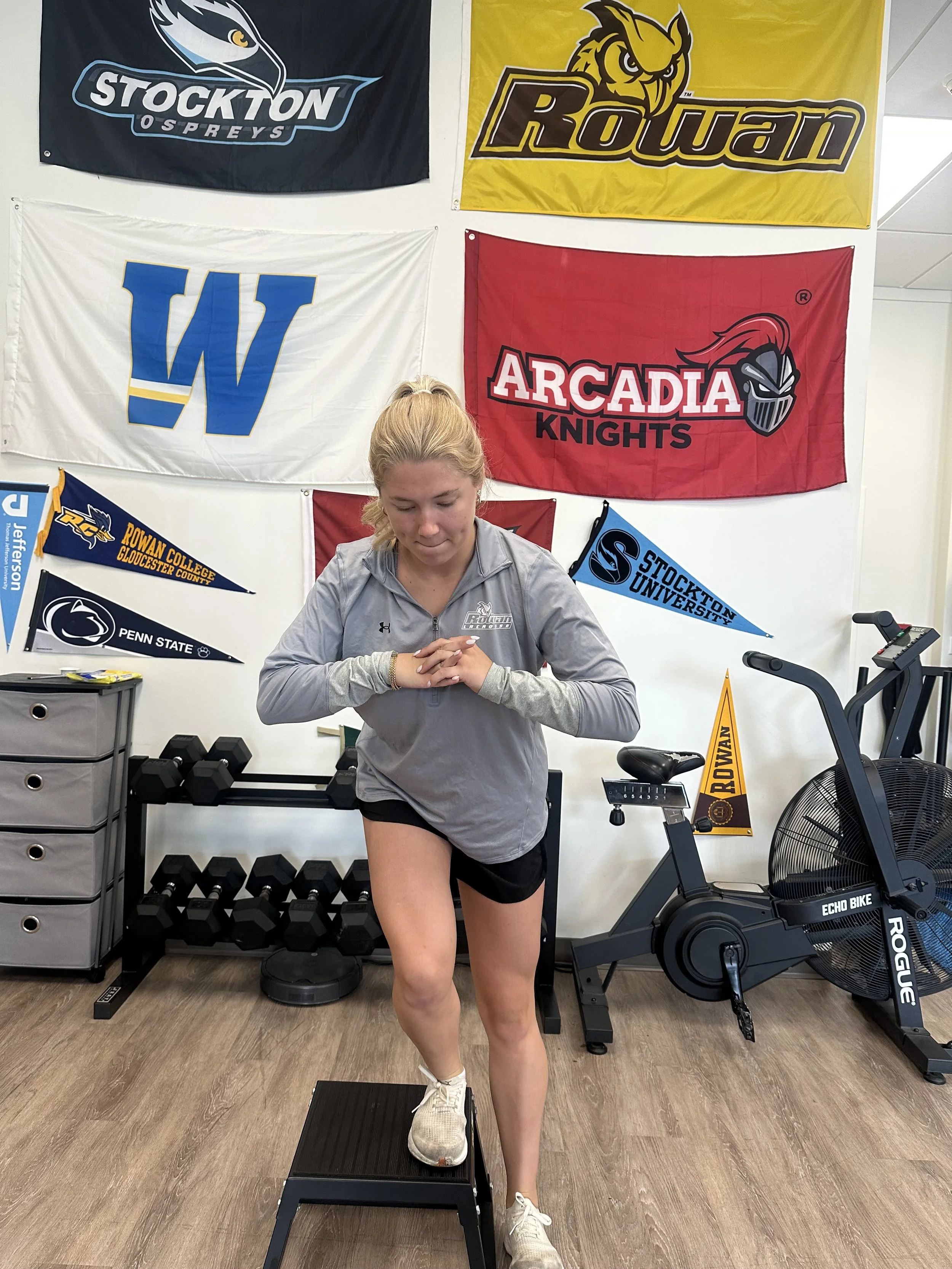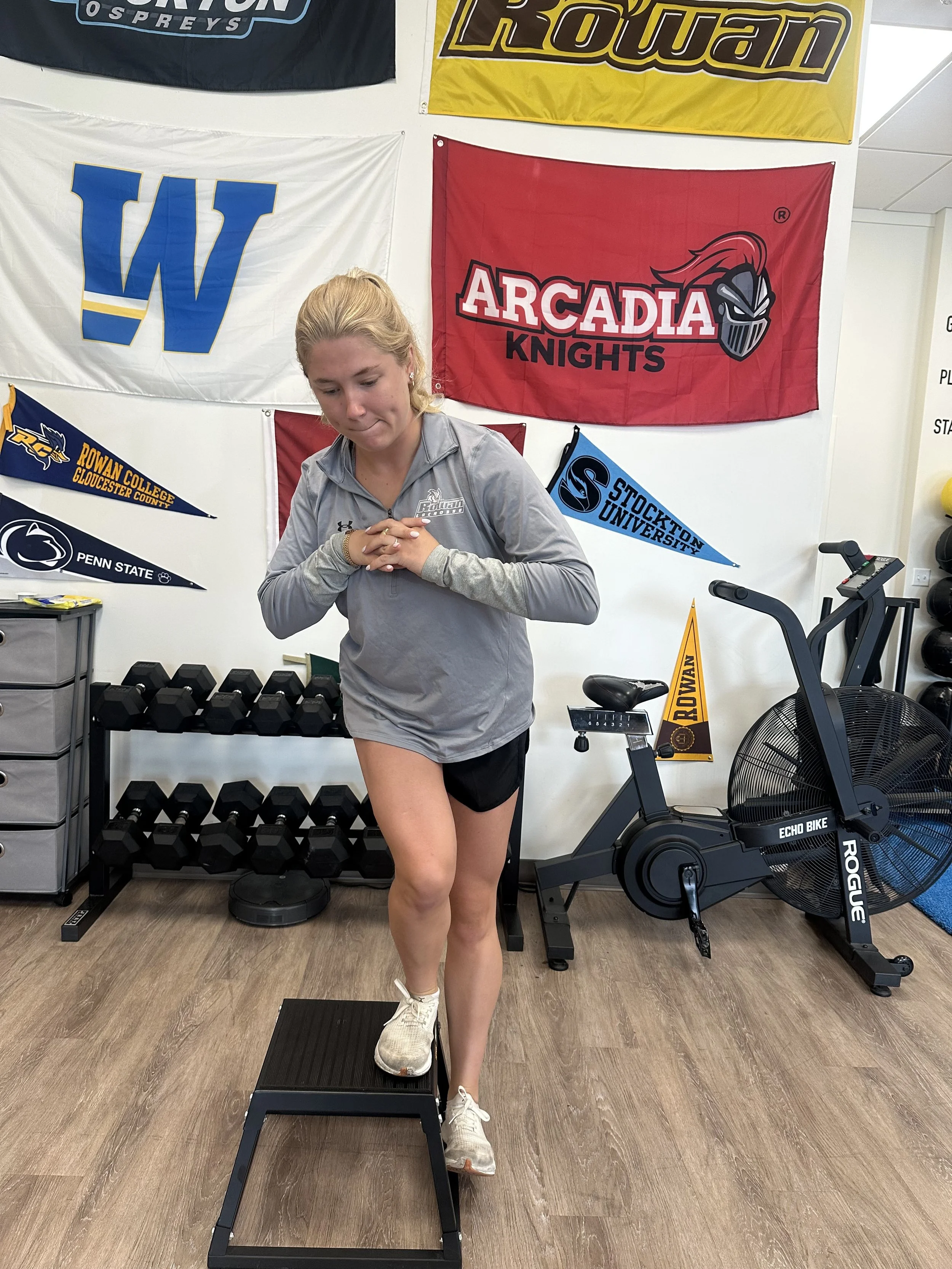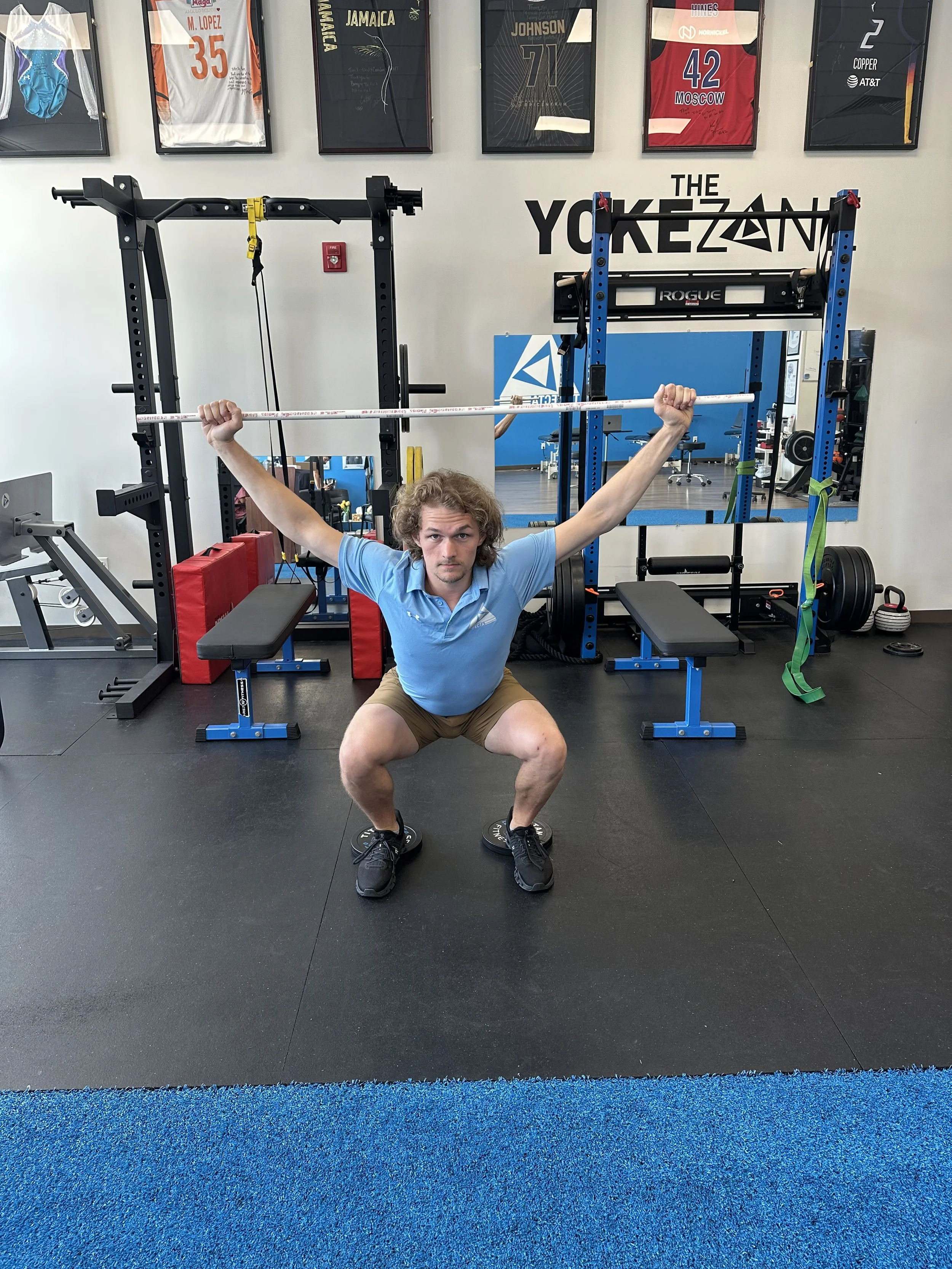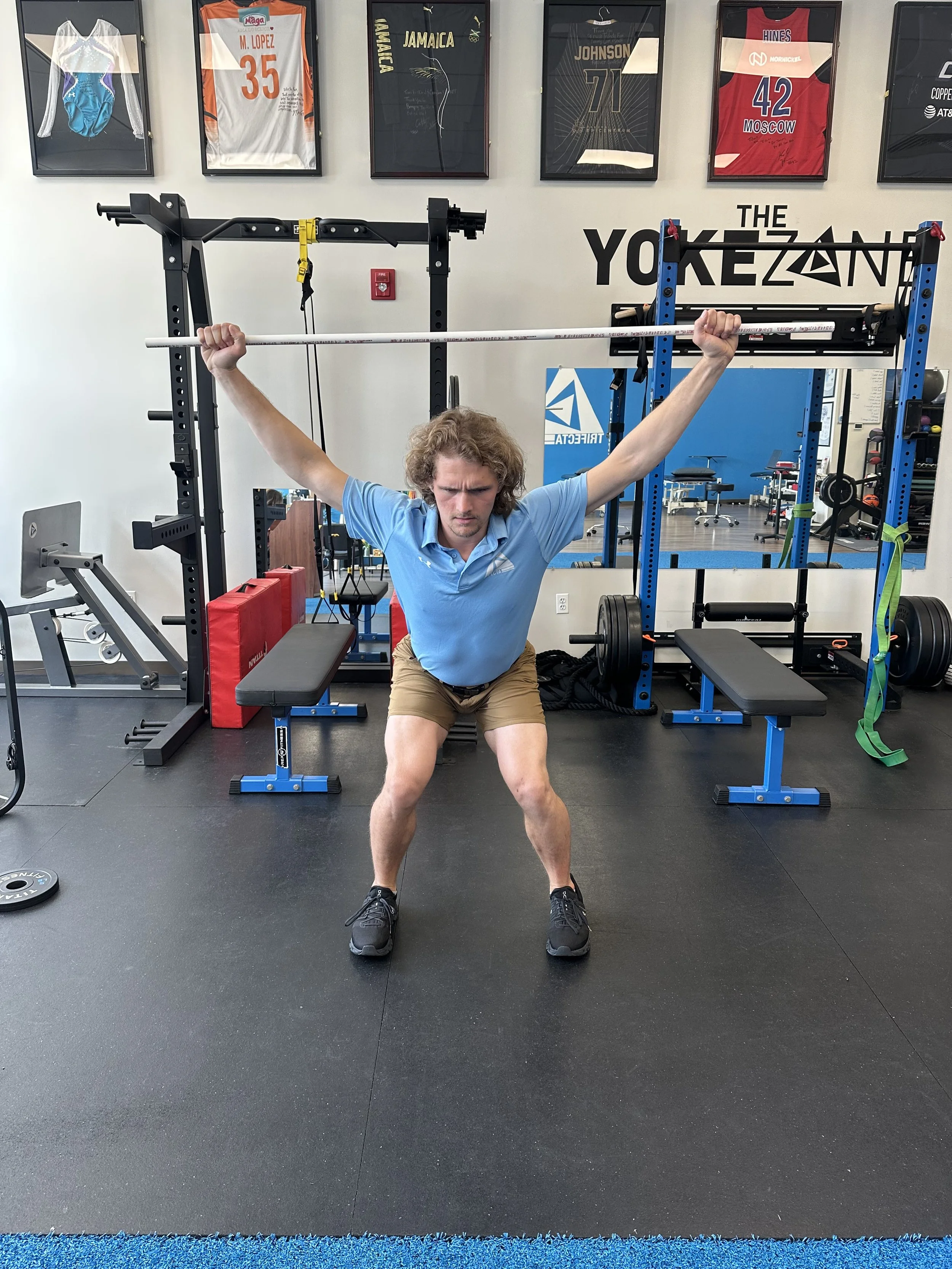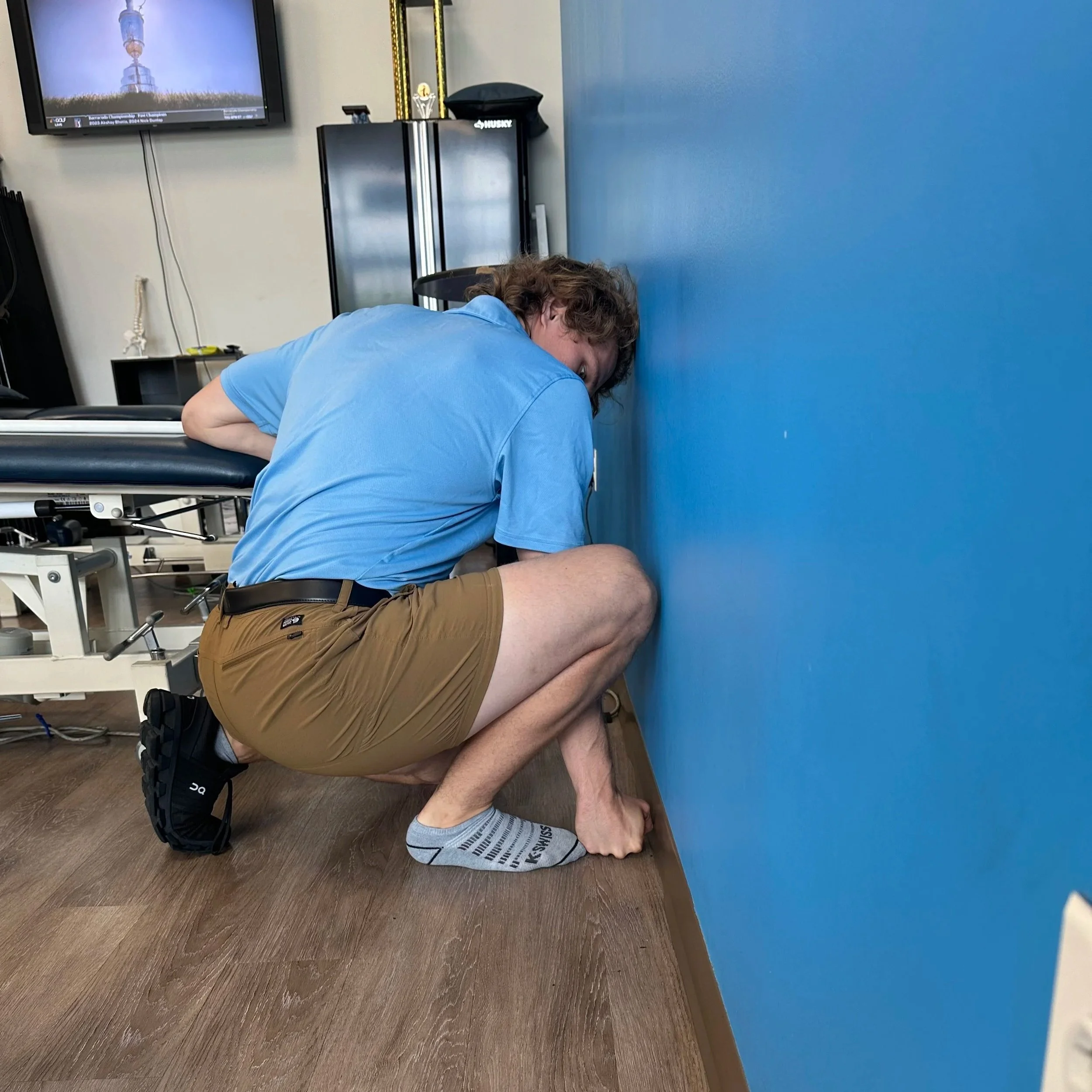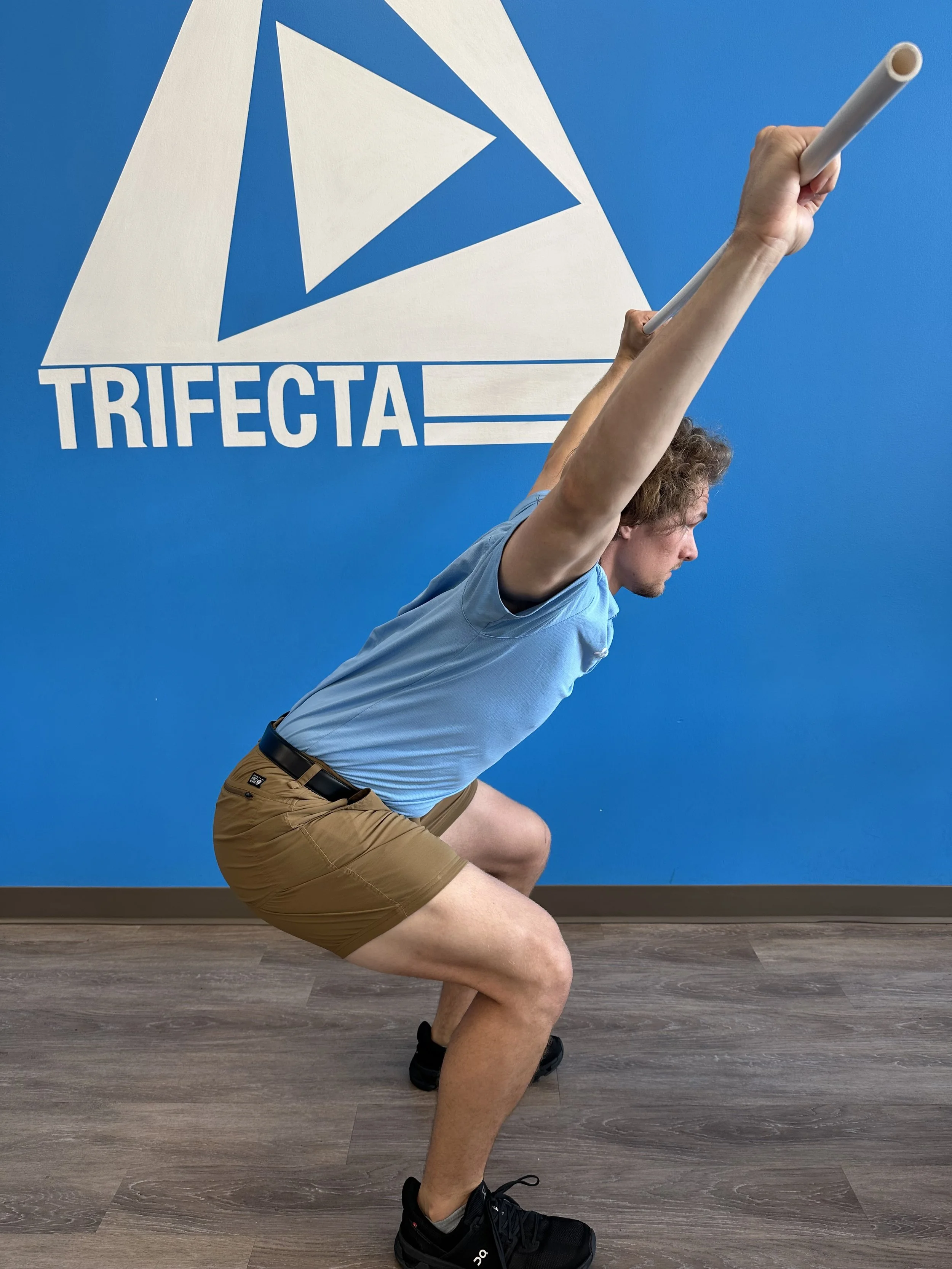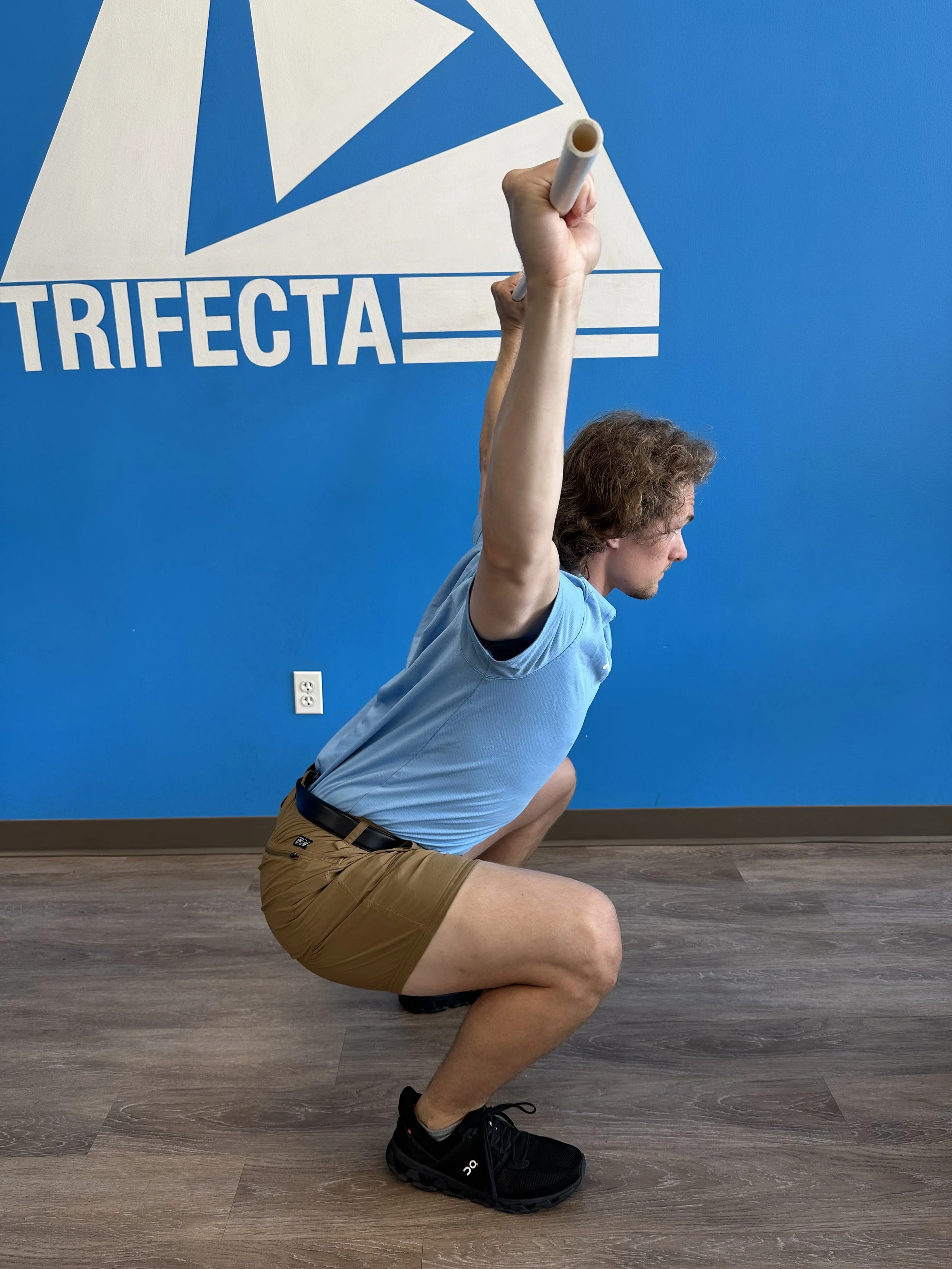Bulletproof Your Knees: Smarter CrossFit Strategies for Long-Term Joint Health
CrossFit athletes are driven, hardworking, and committed to personal growth. Whether you're chasing a PR or just want to stay active and feel good doing it, keeping your knees healthy is key to staying in the gym and doing what you love. The good news? CrossFit has injury rates similar to other strength sports like weightlifting and powerlifting when performed with proper coaching and training habits (Weisenthal, 2014; Hak, 2013).
This post walks through practical, evidence-informed strategies to reduce knee stress, support recovery, and keep you training with confidence.
Common Knee Pain Scenarios in CrossFit
Knee pain shows up in different ways for different athletes. The good news is that most cases improve with targeted rehab and smart adjustments to training. Here's a quick overview of what we often see:
Athletes dealing with patellofemoral pain—pain around or behind the kneecap—typically notice symptoms during squats, running, or jumping. This discomfort is often related to loading patterns or movement restrictions. We usually see improvements with progressive quad strengthening, mobility work focused on the hips, knees, ankles, and spine, and refining movement patterns.
Patellar tendinopathy (sometimes called jumper’s knee) tends to present as pain just below the kneecap, especially during or after high-impact activities like box jumps or double-unders. Eccentric loading and isometric exercises are helpful tools in managing this.
Iliotibial (IT) band syndrome is often described as sharp pain on the outer knee, particularly during repetitive movements like running or squatting. It’s usually related to hip strength deficits, running mechanics, or changes in training volume. Research suggests it stems from compression of the distal IT band over the lateral femoral condyle (Fredericson, 2000).
Some athletes experience knee pain that actually originates from somewhere else. Referred or neurogenic pain can come from the lumbar spine or thoracolumbar junction. It may feel vague or migrate with activity and can sometimes present with neural tension. A skilled clinician can help determine if the source is joint, tissue, or nerve-related (Murphy et al., 2006).
For athletes returning from ACL reconstruction or meniscus repair, achieving full terminal knee extension is one of the most important goals early in rehab. Even small losses in extension can impact function, strength, and long-term outcomes. The gold standard is restoring symmetry with the opposite leg (Shelbourne et al., 2011).
The IT band is thick connective tissue with extremely high tensile strength. Foam rolling does very little to actually change its flexibility. You can address mobility deficits in the glutes or hip flexors which connect to the IT band through targeted stretches, but that’s not always the solution for all forms of IT band pain or tightness either. An individualized approach after a thorough 1:1 exam can help you troubleshoot these issues and make a game plan that works best for your body and goals.
Load Management: Training with Intention
Managing how much stress you place on your knees—and how quickly that stress increases—is one of the most effective ways to reduce injury risk. Injuries are more likely to occur when training volume spikes too fast. The research suggests that when acute training load exceeds 1.5 times your usual weekly volume, injury risk increases (Gabbett, 2016).
That doesn’t mean you can’t push hard. It just means progress should be steady, and your recovery should match your effort. Deload weeks, smart programming, and knowing when to scale a workout go a long way in keeping you training consistently. When something feels off, it’s often better to modify a movement rather than stop training altogether. Staying active—with guidance—is usually part of the solution.
Single leg stability and hip strength are helpful to enhance performance during movements like the pistol squat. If your knee caves in or your hip drops excessively during a lateral step down, you may want to enhance your motor control or hip strength. Physical Therapy can help you identify some of the root causes driving your pain so you don’t feel lost trying to fix everything all at once.
Mobility and Regional Interdependence
Knee issues often stem from something going on above or below the joint. This is why we take a full-body approach to assessment. Mobility restrictions at the ankle, hip, or spine can shift loading patterns during movements like squats, lunges, or Olympic lifts.
Limited ankle dorsiflexion can force the knees to collapse inward or heels to lift off the ground.
Hip tightness or glute weakness may lead to poor control during single-leg tasks or cause excessive valgus collapse.
Stiffness in the thoracic spine (mid-back) can impact overhead mechanics, which may cascade down the chain and alter squat or clean form.
At Trifecta, we screen the entire kinetic chain to identify any contributing factors that may be increasing stress on your knees.
Limited ankle mobility may limit your squat depth or force you to compensate by internally rotating your hips, leading to excessive knee valgus (collapsing inward)
Adequate ankle mobility allows you to lunge your knee over your foot without your heel coming up. Usually one fist of distance between your foot and the wall is a good sign that your ankles may not be the problem.
Sleep: The Overlooked Recovery Tool
When it comes to recovery, sleep is often underrated. Poor sleep has been linked to increased injury risk, lower hormone levels, and impaired cognitive function.
Athletes who sleep less than six hours per night have a significantly higher risk of injury (Milewski, 2014). Other studies show that poor sleep affects everything from reaction time to motivation (Fullagar, 2015).
Most athletes do best with 7–9 hours of quality sleep. That includes maintaining consistent sleep and wake times and limiting screen use before bed. Good training deserves good recovery.
How Physical Therapy Can Help
Rehab is more than just exercises—it’s about knowing how to load the right tissues at the right time, identifying what’s contributing to the issue, and having a plan that works alongside your training—not against it.
Working with a physical therapist who understands CrossFit allows you to keep moving, even through injury. Our job is to:
Help differentiate between joint pain, soft tissue overload, neural tension, or referred symptoms
Assess for mobility or strength deficits across the lower extremity and trunk
Build a plan around your goals that fits within your training cycle
Use hands-on manual therapy when appropriate to improve mobility or reduce discomfort
Our team at Trifecta includes orthopedic and sports clinical specialists, fellowship-trained PTs, CSCS-certified providers, nutrition specialists, and athletes from a variety of sports backgrounds—including CrossFit, powerlifting, and group fitness enthusiasts. We understand the demands of your training and work with you to keep you moving.
Limited thoracic extension can impact your ability to reach overhead, squat, and perform CrossFit movements such as Clean & Jerks or Snatches. This can be improved with mobility exercises, but many find manual therapy to be a helpful adjunct to improve mobility or decrease pain.
Final Thoughts
Knee pain doesn’t always mean something is damaged—and it certainly doesn’t mean you have to stop doing what you love. With a thorough assessment, smart training choices, and a team who knows your sport, most knee issues are manageable and treatable.
At Trifecta, we help athletes navigate these challenges with a plan that makes sense for their goals. Whether you’re recovering from surgery or just trying to stay consistent in the gym, we’re here to help you move and perform your best.
—
Dr. Cale Walker, PT, DPT, CSCS is a Physical Therapist at Trifecta Therapeutics. He received his Doctorate in Physical Therapy from Arcadia University in 2022, and is currently completing his Residency at Temple University to specialize in Orthopedics. Cale enjoys working with active individuals across the agespan, and believes in empowering athletes through education, exercise, and individualized care.
By Dr. Cale Walker, PT, DPT, CSCS | Trifecta Therapeutics



